Why do phones and laptop speakers need special mixing techniques?
As modern musicians, producers, mixing engineers, and even mastering engineers, there is something we have to accept: people will listen to the tracks on very, very frequency-reduced speakers such as iPhone and laptop speakers.
It is a fact of life that music will not sound to them as it sounds to us. Hence, it might be an epic fail when it leaves the control room.
To put it in a different way, as a sound engineer you are not the artist, but your job is to take their art to the next level. This means you have to make sure their tracks blow people’s minds!
If you base all your strategies on that phat low-end and bigger-than-God kick drum but 50% of the people consuming it can’t hear it, you are wasting time and money. In fact, you are wasting it for yourself and for the client.
Because of these reasons, you have to apply distinct mixing techniques so the magic can be spread in all directions; the show must go on.
The speakers of iPhones and laptops were originally designed for the human voice and also lack the actual size to reproduce some of the lowest frequencies of most songs tonal range. This means that you have a natural EQ that will cut off many frequencies close to the bottom end of the frequency spectrum.
- What you are about to read is how you can overcome that big obstacle and get people moving without the need of a subwoofer.
Are you ready to make the magic happen? Let’s do it!
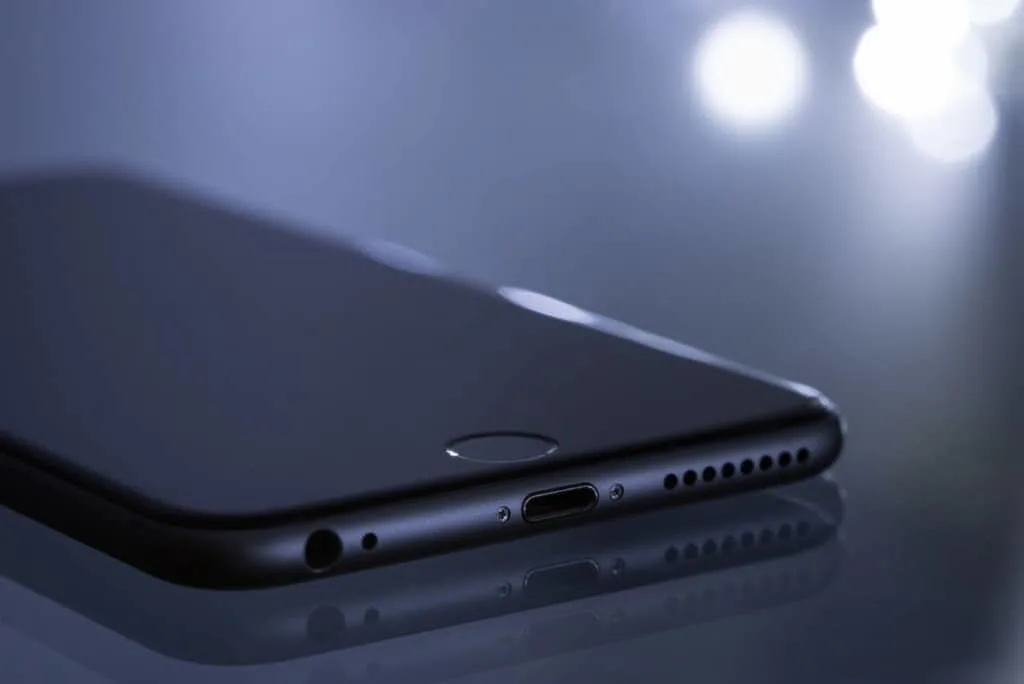
Mixing Frequency Spectrum For iPhone
Let’s start right from the beginning.
The frequency spectrum is the entire tonal palette you can use. It goes from the bass-oriented frequencies represented on the far left to the more treble-oriented frequencies on the far right. The human ear (which is your target unless you’ve landed an intergalactic mixing gig) can hear from 20 HZ to 20 kHz.
This means that anything above 20,000 Hz or below 20 Hz is useless because we can’t perceive it.
The frequency spectrum is going to be very useful because you are going to notice that these speakers will cut certain frequencies and we can graphically locate them to understand what is going on over there and how can we rescue those drowning instruments.
It’s All About The Midrange
The sound coming out of these small iPhone speakers needs to be almost entirely based on the mids.
This is of great help for some instruments like vocals, guitars, some wind instruments, snare drums, and such, but might completely annihilate your kick drum and bass. So, the first thing you have to understand is that what follows is all about the midrange.
- We are going to make it work as an illusion and let other people’s brains fill out the information that is actually missing.
The final consideration before we go into golden rule number one is that volume creates pressure and hence, if you mix very loud, you’re going to get the feeling of stronger bass and treble frequencies that might not be there.
So, besides the following rules and tricks, you should try to mix this iPhone and laptop-oriented material at a fairly low volume to make it closer to what it will be in listeners’ ears.
iPhone Mixing Golden Rule Number One: Be Realistic!
The first rule applies especially for this post, but it is also a good motto in all your sonic endeavors.
The fact that you spent a small fortune on state-of-the-art Focal studio monitors doesn’t mean the rest of the world is as lucky as you are. In fact, the motto in this scenario needs to be taken to the extreme because most of the perfectly round, harmonic and beautiful highs and the tight, punchy lows of those monitors won’t only lose their magic; they will just disappear.
It Just Won’t Happen
The sizes of speaker that you need for an iPhone, laptop or cheap earbuds just can’t reproduce the low part of the frequency spectrum. It is a physical fact; they will never be able to.
To give you an example, if you ever used in-ear monitors you might be familiar with the Shure SE line of in-ear monitoring headphones.
Well, their 535 model, for example, includes three different drivers in order to be able to reproduce the entire frequency spectrum. They added one for the lows and one for the highs to make musicians more comfortable on the stage.
Why did Shure go through all the research and technological effort of cramming three mini drivers in there? Because the single speaker of traditional earbuds can’t physically reproduce certain frequencies.
If you are a bass player or a drummer or even a guitar player, you can’t afford not to have the kick drum or the low frequencies of the bass on your ears while you play in front of thousands of screaming fans.
It just won’t happen with the small speakers we are referring to, and that is why our job is to create the illusion; do the mind trick. They will never be there; it is a fact we have to face. So, be realistic: it will never happen.
Golden Rule Number Two: Make Choices (drastic choices)
Ok, now that we have dried our tears and are over mourning those frequencies, it is time to work with what we do have: the mid-range.
For this, we are going to have to make some drastic choices that will save us time and money (and can potentially make the artist earn a lot of it too). These choices will be directed to the instrumentation of a song and the sound selection within those instruments.
I remember working with a very well-known producer on a rock n roll record including two guitars, bass, keys, and a singer. He took two pieces of cloth, a marker, paper, and tape and placed it over the lower two and higher two octaves of the Nord Stage 88 the band was using. He wrote “NOT MY FIELD” on the paper on each side and taped it down.
He came back to the control room and explained to me that the spectrum could be divided for each instrument and that the less they step on each other, the easier it is to mix them. He didn’t want any piano to go over the bass and the kick drum. He didn’t want any over the cymbals and the guitar solos.
That record sounded amazing, and mixing was a pleasure. It was a drastic choice implemented in a drastic way, but it paid off perfectly.
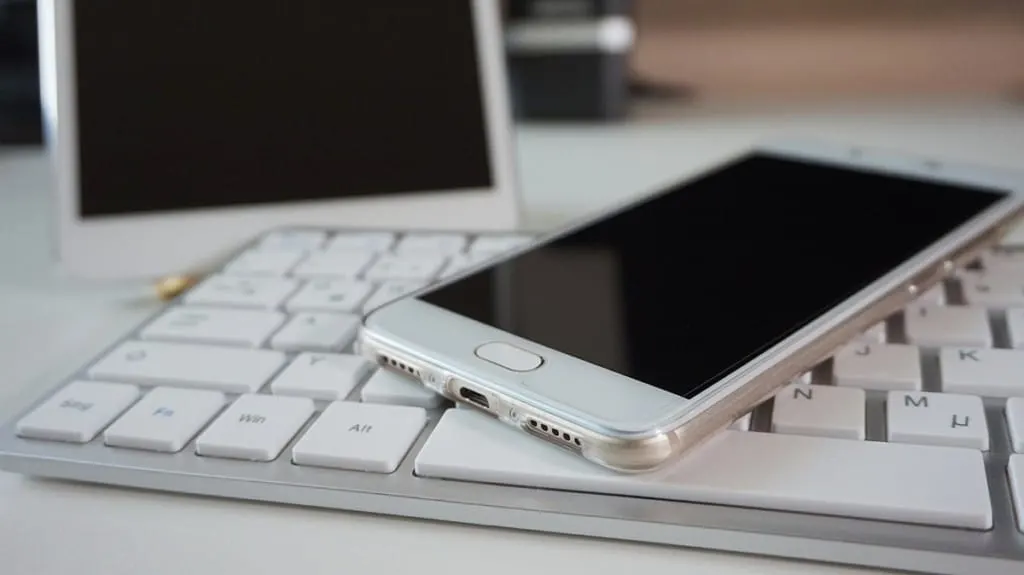
Understanding Why The Song Works In The Mix
With the above example, I was able to understand how he worked on the hooks.
He would look at the musicians and say stuff like “why are you doing that?” He was a little unorthodox in his ways but was completely spot-on with his ears. He wanted to understand why the song worked and who was carrying that responsibility forward.
Once he understood that, he would build the song around it and make sure every time the hook came along the road was clear and it was perfectly audible.
In this case, we have to make sure that whatever makes the sound work is not lost in translation and will make it loud and clear out of those speakers. For example, if you are using the kick drum on a TR-808 to sound massively huge, you will have to implement the technique I am going to explain later on or assist it with a mid-range focused instrument to create an audible hook. Always try to understand what you need to highlight in the song first.
Never Leave Anything For The Mix
This is the second part of what I said above. He didn’t tell the piano player he would then EQ the piano in the mix so it won’t step on the bass, he fixed it in the room.
This piece of advice stood with the band and their live sound improved a lot as well. In fact, their live show went up an entire step differentiating themselves from the other bands that sounded muddy and unintelligible. So, fix it from the execution of the instrument, don’t leave it for the mix otherwise you will be adding a lot of work on your own back.
iPhone Speaker Mixing Golden Rule Number Three: Reference The Mix
Ok, now we have a fairly clear take of what the song goes for, and which is the hook that makes it great.
Still, we sit in our comfy studio chair and listen to the mix from the state-of-the-art speakers installed on isolation shelves and get into that amazing bubble we have the privilege to be a part of.
What you need to do to follow golden rule number three is to get out of that chair and, if you can, out of the room. Then, once you are out, close the door and listen to it from the outside. That effect on the sound will get you much closer to an iPhone speaker than your state-of-the-art monitors.
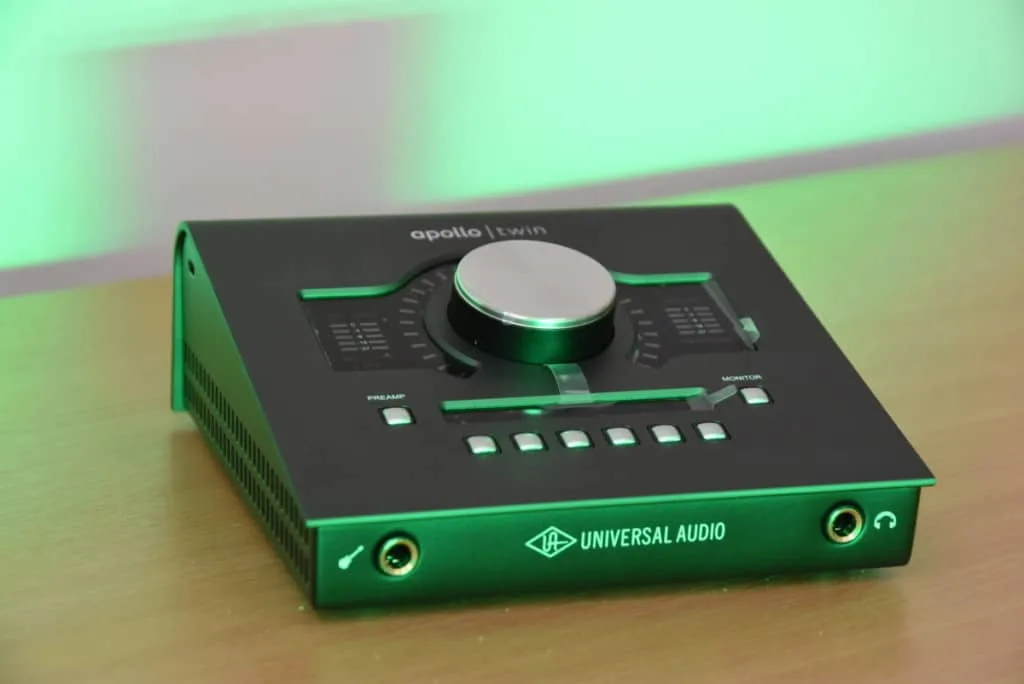
Best Studio Monitors When Mixing For iPhone
This is something I started doing in my studio that can work for you as well. If you have an interface like the Apollo Twin, you are able to select the speakers you want to send the mix to, and I bought a pair of 3.5” PreSonus monitors that lack bass response ferociously.
Check out my article on audio interfaces here.
Don’t get me wrong, they sound great but much smaller than my other 5” and 6” monitors I’ve used all my life. The trick is that I can hear through them and get closer to the tiny sound of an iPhone than with any of my other monitors and hence, I use them to double-check on low frequencies making sure they do not disappear from that mix.
What I´m trying to communicate here is that when mixing for iPhone you should reduce speaker size instead of going big.
Check out the PreSonus monitors I use here on Amazon.
Speakers And Headphone Mixing For iPhone
This is another great way of referencing the mix: bounce it to an MP3 file and play it through your phone, through the cheapest pair of earbuds you can get your hands on and laptop speakers.
You will find out what you are lacking, and you have an excess of and, more importantly, if the mix of the song still works. This is crucial to do it in the middle of the mixing process to make sure that after you’ve made the proper arrangements, the hook is still there.
If you are growing a hit in your studio, you will realize that the magic is still there on every device. If it is not, then you have to keep on working.
Compare Results When Mixing For iPhone
This is one of the first things that an audio engineer learns when you start working in your craft: compare results.
This is not to say that you should play multi-million-dollar recordings by Muse, Coldplay, and such against your production; I’m saying play them both through the small speakers.
Make them play through those very small and mid-focused iPhone speakers and you shall see if they still work.
It doesn’t matter in that setup if those records were made with an entire symphonic orchestra using a ribbon microphone for each instrument because that is for audiophiles.
You can read more on ribbon microphones here.
All those nuances that sound mesmerizingly great through those professional speakers and headphones you have in your studio will get eaten by the speaker quality. Do the songs still work that way? Well, that is your aim. If those songs work and your mix doesn’t, then go back to the mix and keep on working, you are definitely missing something.
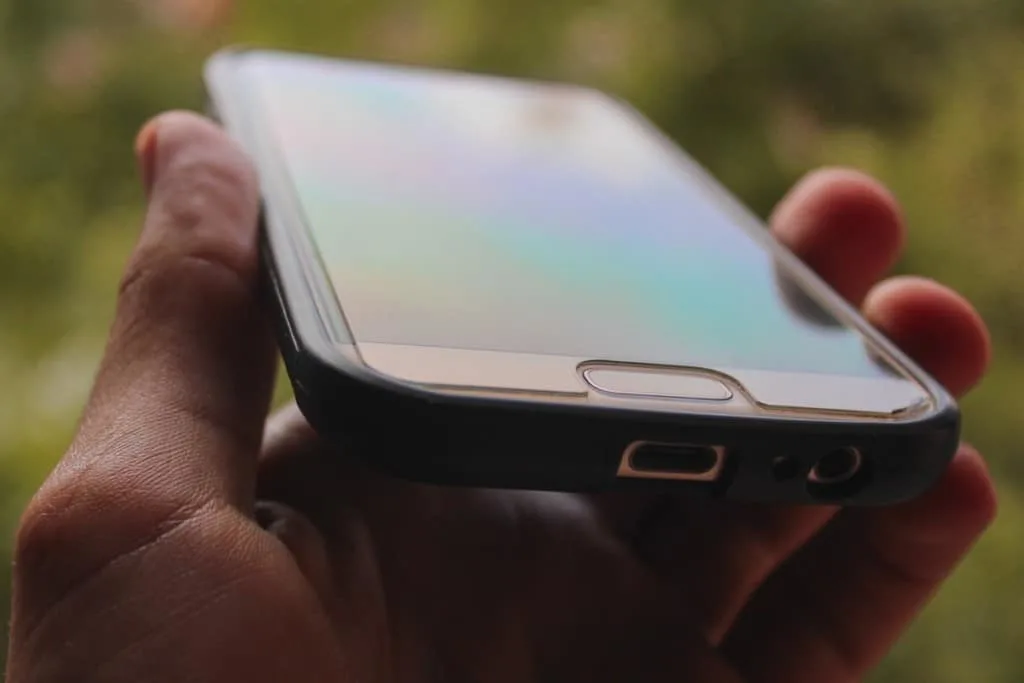
Tips And Tricks When Mixing For iPhone Speakers
I hope you agree with me that the human brain is completely amazing. It is the most complex system ever studied and we haven’t discovered anything yet.
As much as it is super powerful and has an outstanding processing power, it can be easily tricked into perceiving things that are not there.
- We are about to go through a trick I’ve done a million times and it always sounds great.
If you are, like me, an avid reader, you’ll know that it is possible to fill the letters of a word or a sentence by just imagining it. We are doing the same, just that with the bass.
The Trick: Grit Is Your Ally
Regardless if you are using an acoustic, electric, or synthetic bass; the trick is the same.
The first thing you need to do is to duplicate the bass line you are using. That original bass line should be mixed with your regular monitors as with any other song/project/record unless you are doing a specific mix for iPhone speakers.
Once you doubled it, you should put some distortion on the copy. If you can do a Pre-Fader, send on the distortion is great because the level of the original bass will not affect it.
You want that distortion to make it sound midrange, with some high-end bite and a little grit. Make sure you eliminate the low end from the copy and slowly blend it into the mix until it’s there without destroying the sound you’ve accomplished on the original bass.
What perceiving the grit, bite, and midrange of the bass does when pressing the root notes of chords going into a chorus for example is tricking your brain to automatically do the rest filling in that absent low end from the tiny speakers.
It is a simple trick that can work in most case scenarios. Try it and then do the tiny speaker test and see if it worked.
Bass Duplication When Mixing For iPhone Speakers
This is important because I don’t want to be misunderstood with the little trick above.
There are still people out there who enjoy good speakers, good headphones, and hearing music in a traditional way. There are also bars, clubs, and radio stations that might want to play your song, it can’t sound tiny and wimpy.
What you need to do is duplicate your bass track after you have perfectly mixed it. Then, blending in that trick pre-fader will keep it constant throughout the song and create the illusion regardless of what you do with the original (which should carry the low end and sound good, fat, round, and full). This illusion will make other instruments appear as well. For example, that bigger than God kick drum of the TR-808.
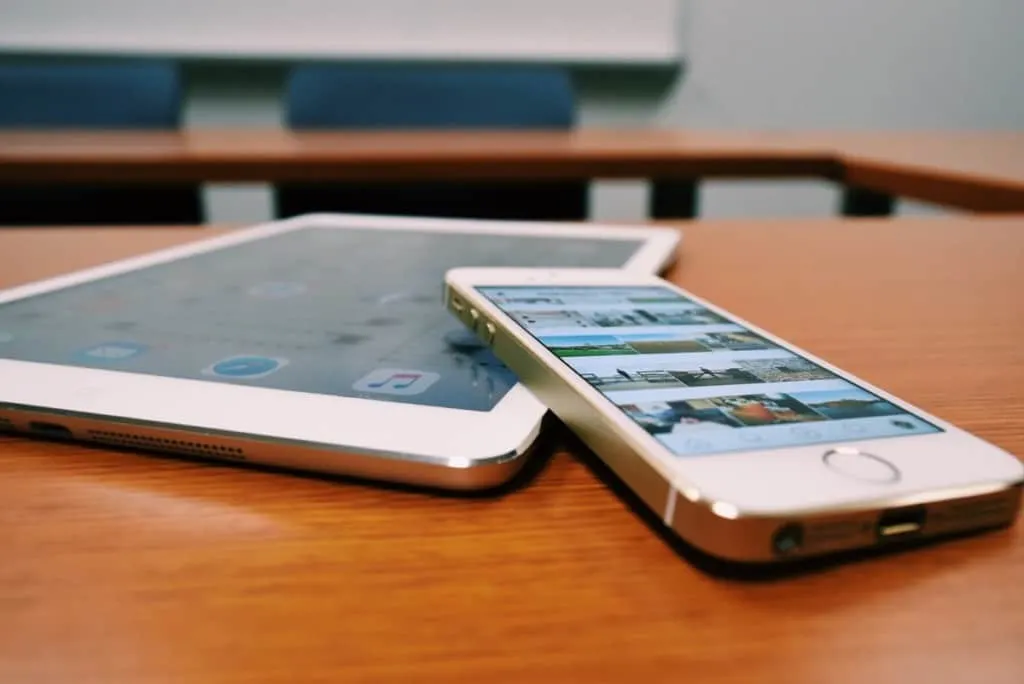
Final Words On Mixing For iPhone Speakers
It is a mourning process to let go of the low end in your mix.
I’m going to be honest; it is quite frustrating to spend so much time mixing for the perfect tight bass and then listening to it through an iPhone speaker to undo all your work.
But that is exactly the key to our role; that is our job: to make it sound easy and smooth. You want people to not even notice you were involved and to receive the sound as if it was natural.
A good engineer is one that connoisseurs praise and make hits people love listening to. We don’t work for audiophiles like ourselves, we work for the artist and the song.
Overcoming modern obstacles is part of our job and the better you get at it fast, the more likely you’ll get more and bigger clients to work with. The music industry is changing at a rapid pace and catching up is definitely a must.
Happy (mid-range oriented) recording!
